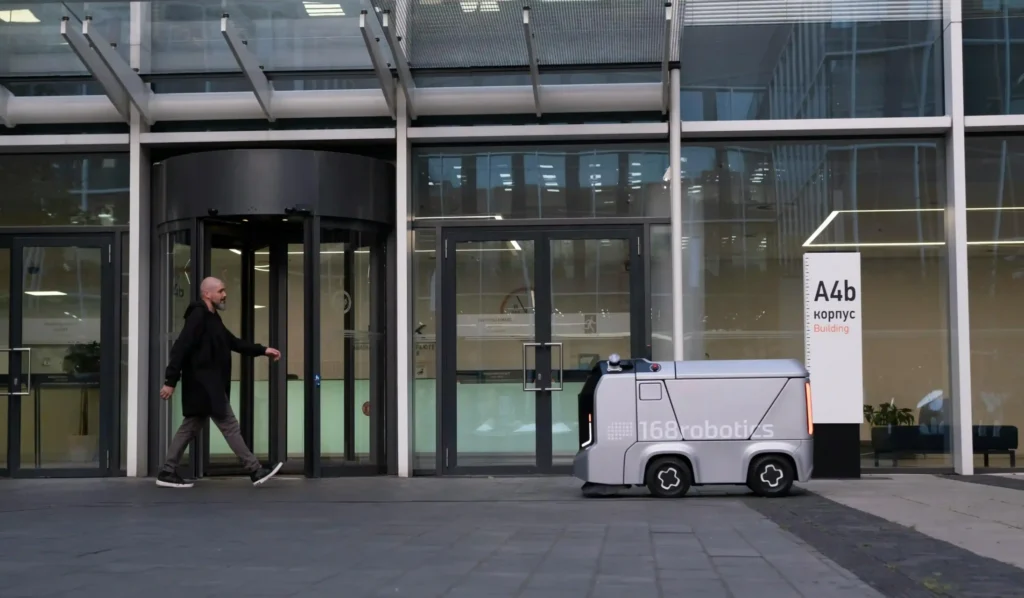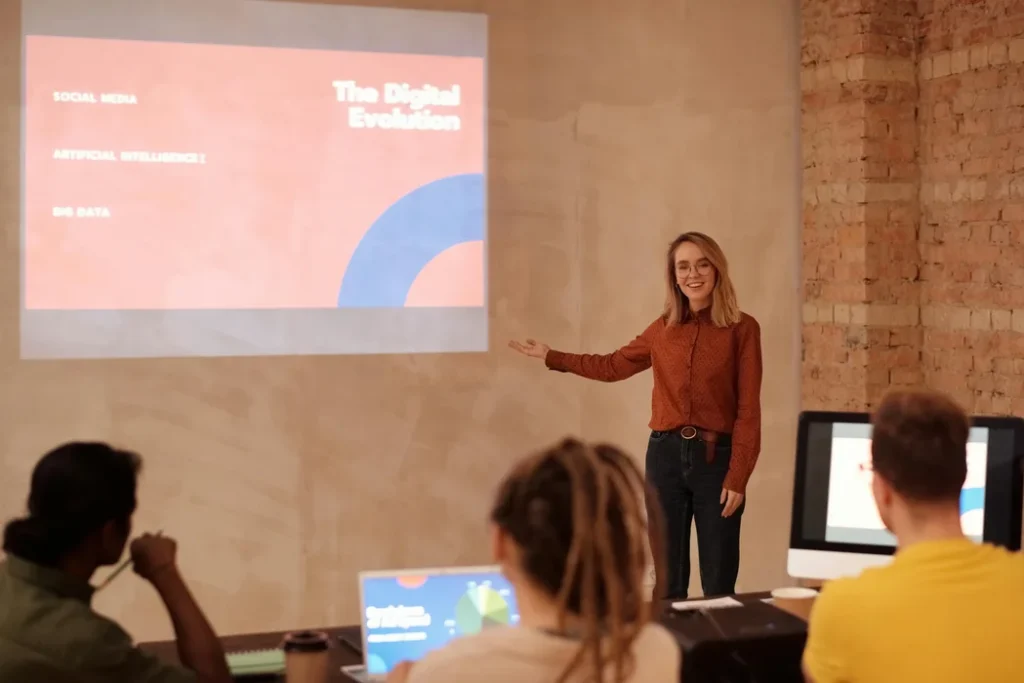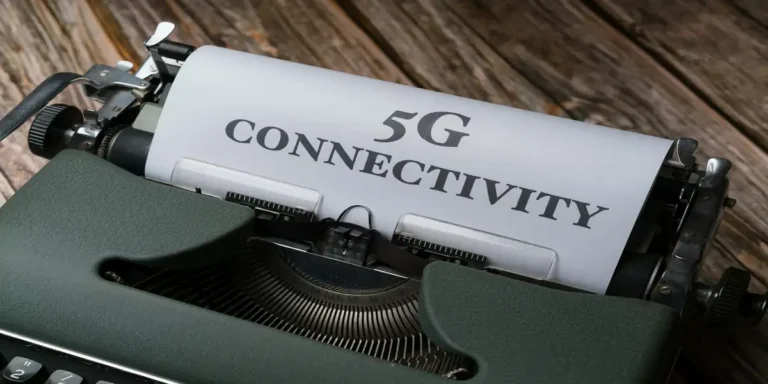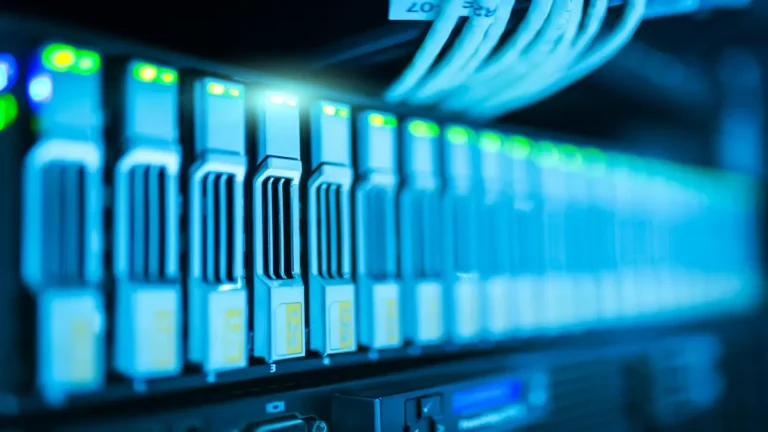Revolutionary AI Innovations 2025: 5 Game-Changing Trends
Artificial Intelligence (AI) is no longer just a concept—it is already integrated part into our daily lives in ways we often take…
Artificial Intelligence (AI) is no longer just a concept—it is already integrated part into our daily lives in ways we often take for granted. From voice assistants and personalized recommendations to complex financial analysis and medical diagnostics, artificiaI intelligence has become a foundational pillar of technological progress. As we approach 2025, the progress of AI development is accelerating like never before, unlocking new capabilities and creating profound shifts across nearly every sector of society.
The upcoming wave of AI innovations promises not just incremental upgrades, but transformative leaps that will reimagine how we live, work, heal, protect, move, and create. Whether it’s the rise of intelligent machines capable of outperforming doctors in diagnostic accuracy, AI systems that detect and neutralize cyber threats in real time, or automated solutions streamlining global commerce—2025 is shaping up to be the year where AI innovations reach their peak potential.
In this comprehensive exploration, we highlight five groundbreaking areas where AI innovations will create the most impact: healthcare, cybersecurity, business, transportation, and content creation. Each section demonstrates how AI is reshaping industries and what it means for professionals, consumers, and the global economy. If you’re curious how to tap into the digital shift, don’t miss our list of Top 10 Side Hustles to Start in 2025 tailored for the AI economy.
1. AI in Healthcare: Faster Diagnoses and Personalized Treatment
Among the most promising AI innovations in 2025 is its transformative impact on healthcare. AI technologies are being integrated into nearly every layer of healthcare systems—from diagnosis and treatment to monitoring and administration—creating more responsive, data-driven medical care.
One of the most compelling developments is AI’s role in diagnostics. Using deep learning algorithms trained on massive datasets of medical images, AI systems can now detect signs of diseases like cancer, pneumonia, or neurological disorders with a level of precision that rivals or even surpasses experienced radiologists. For example, Google’s DeepMind developed an AI model that outperformed human experts in breast cancer detection, reducing false positives and missed cases—one of the most impressive AI innovations to date.
But diagnosis is just the beginning. AI innovations are propelling the shift toward personalized medicine—where treatments are tailored to individual patients based on their genetic makeup, environment, and lifestyle. By analyzing large-scale genomic data, AI can predict how a patient will respond to specific medications, minimizing side effects and increasing the chances of successful outcomes.
AI is also accelerating drug discovery. Traditional drug research is time-consuming and expensive, often taking over a decade to bring a new drug to market. Artificial Intelligence accelerates this process by modeling molecular interactions and predicting compound effectiveness before clinical trials even begin. A notable example is Insilico Medicine, which used AI to design a drug candidate in just 46 days—a milestone in pharmaceutical AI innovations.
Additionally, AI-powered tools are improving hospital efficiency and patient care. AI systems can monitor patients in real time, detect critical changes in vital signs, and notify healthcare providers immediately. These AI innovations are especially vital in intensive care units (ICUs), where rapid intervention can save lives.
By 2025, Artificial Intelligence in healthcare will continue to evolve into a vital ally for doctors, nurses, and researchers—redefining what’s possible in medicine and improving lives across the globe.
2. AI-Powered Cybersecurity: Protecting Against Evolving Threats
Cybersecurity is no longer just an IT concern—it is a strategic priority for governments, corporations, and individuals alike. As cyber threats grow more advanced and damaging, AI innovations in cybersecurity have become essential tools in the fight to safeguard data and infrastructure.
One of AI’s greatest strengths in cybersecurity lies in its ability to detect anomalies in vast and dynamic data streams. Traditional security systems often rely on predefined rules or known threat signatures, but Artificial Intelligence use machine learning to identify patterns and behaviors that may signal malicious activity—even if the exact method has never been seen before.

Behavioral analytics is a prime example of AI innovations in action. AI systems monitor normal user behavior across networks—such as login times, file access frequency, and data movement—and raise alarms when deviations occur. This allows for early detection of insider threats and compromised accounts.
Threat intelligence is another area undergoing a major AI-driven evolution. By scanning the dark web, encrypted forums, and hacker chatter, AI can identify emerging threats before they are weaponized. Companies like IBM and Palo Alto Networks use AI to analyze global threat data and adapt defenses in real time.
When an attack does happen, automated incident response systems powered by AI can react in milliseconds—isolating infected devices, blocking suspicious IPs, and notifying security teams. These AI innovations dramatically reduce damage and downtime.
AI also plays a crucial role in fraud prevention. Visa and Mastercard both use Artificial Intelligence to detect fraudulent activity in real time, providing consumers with peace of mind.
Looking ahead, cybersecurity will continue to become smarter and more autonomous. Companies that integrate these technologies will be best positioned to protect their assets and customers.
3. AI in Business: Automation and Smarter Decision-Making
AI is revolutionizing the business landscape by automating operations, improving customer engagement, and enabling data-driven decision-making. As companies seek greater efficiency and agility, AI innovations in business are proving to be game changers across all sectors.
One of the most significant transformations is in process automation. With AI and Robotic Process Automation (RPA), businesses can delegate routine tasks like data entry, payroll, and invoice processing to intelligent bots.
Customer service is also being reimagined. Virtual assistants and chatbots equipped with Natural Language Processing (NLP) are now capable of understanding user intent, resolving complex issues, and providing instant, personalized responses. Companies like Amazon and Apple use these innovations to enhance customer experiences at scale.
Predictive analytics, powered by AI, gives businesses the ability to forecast trends and consumer behavior with impressive accuracy. From inventory management to marketing campaigns, Artificial Intelligence help organizations predicting future trends or quickly incorporating new ideas.
In recruitment, AI streamline candidate screening, evaluate resumes, and conduct preliminary interviews. This makes hiring more efficient and equitable.
Financial services are also being transformed. AI detects irregularities in transactions, analyzes investment portfolios, and flags compliance issues.
In marketing, Artificial Intelligence automate email campaigns, personalize ads, and optimize content for different audiences. Tools like Google Ads and Meta for Business have integrated AI to boost performance.
By 2025, companies that fully adopt AI innovations in business will gain a competitive edge, reduce costs, and deliver higher value to customers.
4. AI in Autonomous Vehicles: The Future of Transportation
Transportation is undergoing a major transformation thanks to AI innovations. Autonomous vehicles (AVs), powered by AI, are reshaping how people and goods move.
Self-driving cars and trucks rely on sensors and AI that interpret data in real time. These systems make decisions about acceleration, braking, and steering while processing traffic conditions, road signs, and pedestrian movement.

Perception and decision-making are core to AV success. Companies like Tesla, Waymo, and Cruise are leading the way with groundbreaking AI innovations that enable real-time navigation.
Route optimization is another crucial area, vehicles can avoid traffic jams, reduce fuel usage, and arrive faster. This improves not only convenience but also environmental sustainability.
In logistics, long-haul autonomous trucks use AI to operate continuously. Companies like TuSimple and Aurora are testing self-driving freight trucks that are safer, faster, and more cost-effective.
Road safety is also being enhanced. AI powers features like emergency braking and collision avoidance, reducing human error and preventing accidents.
Urban planning is adapting to these changes. Smart cities are integrating AI innovations into infrastructure, creating dedicated lanes and AI-controlled traffic systems to support AVs.
5. AI in Content Creation: The Rise of AI-Generated Media
Artificial Itelligence is revolutionizing how content is created, personalized, and consumed. From written articles to music and video, AI is becoming a powerful creative partner.
AI writing tools like ChatGPT, Jasper, and Writesonic help marketers and bloggers generate content quickly. These AI innovations can produce high-quality writing in seconds.
Video production is also being reshaped. Platforms like Synthesia and Pictory use AI to generate avatars, animations, and synced dialogue, democratizing media creation.
Image editing tools like Adobe Sensei rely on AI to remove backgrounds, adjust lighting, and add effects—all with minimal effort.
In music, AI can compose original tracks. Tools like AIVA and Amper Music allow users to create custom soundtracks for video or podcasts.
Content personalization is another area where artificial intelligence is taking place. Platforms like Netflix, Spotify, and YouTube use AI to recommend content based on viewer preferences.
These AI innovations are not replacing creativity—they are enhancing it. Creators can scale their work, improve quality, and reach wider audiences thanks to the power of AI.

Final Thoughts: Embracing the AI Revolution
As we step into 2025, the rapid acceleration of AI innovations offers both unprecedented opportunities and critical challenges. From enhancing human capabilities in healthcare and business to transforming how we protect data, move through the world, and express creativity, AI is no longer optional—it is essential.
However, embracing these technologies requires thoughtful implementation. Ethical considerations, data privacy, transparency, and the role of human oversight must remain at the forefront as AI continues to evolve. By approaching AI as a collaborative tool rather than a replacement for human skill, we can ensure it serves humanity’s best interests.
The five sectors highlighted here—healthcare, cybersecurity, business, transportation, and content creation—represent just the beginning. The next decade will likely see AI innovations expand into agriculture, education, law, and beyond. Staying informed and adaptable will be key for individuals and organizations looking to thrive in this new era.
If you’re eager to participate in this transformation, check out our guide to the Top 10 Side Hustles to Start in 2025, many of which are powered by AI innovations that are already reshaping the digital economy.
AI innovations are no longer about what might happen someday—they’re about what’s happening right now. And by 2025, the revolution will be undeniable.
Ready to explore more? Subscribe to our newsletter for weekly insights on AI, tech, and the future of innovation. Don’t forget to share this article with friends or colleagues who are curious about what AI has in store. Together, let’s stay ahead of the curve





